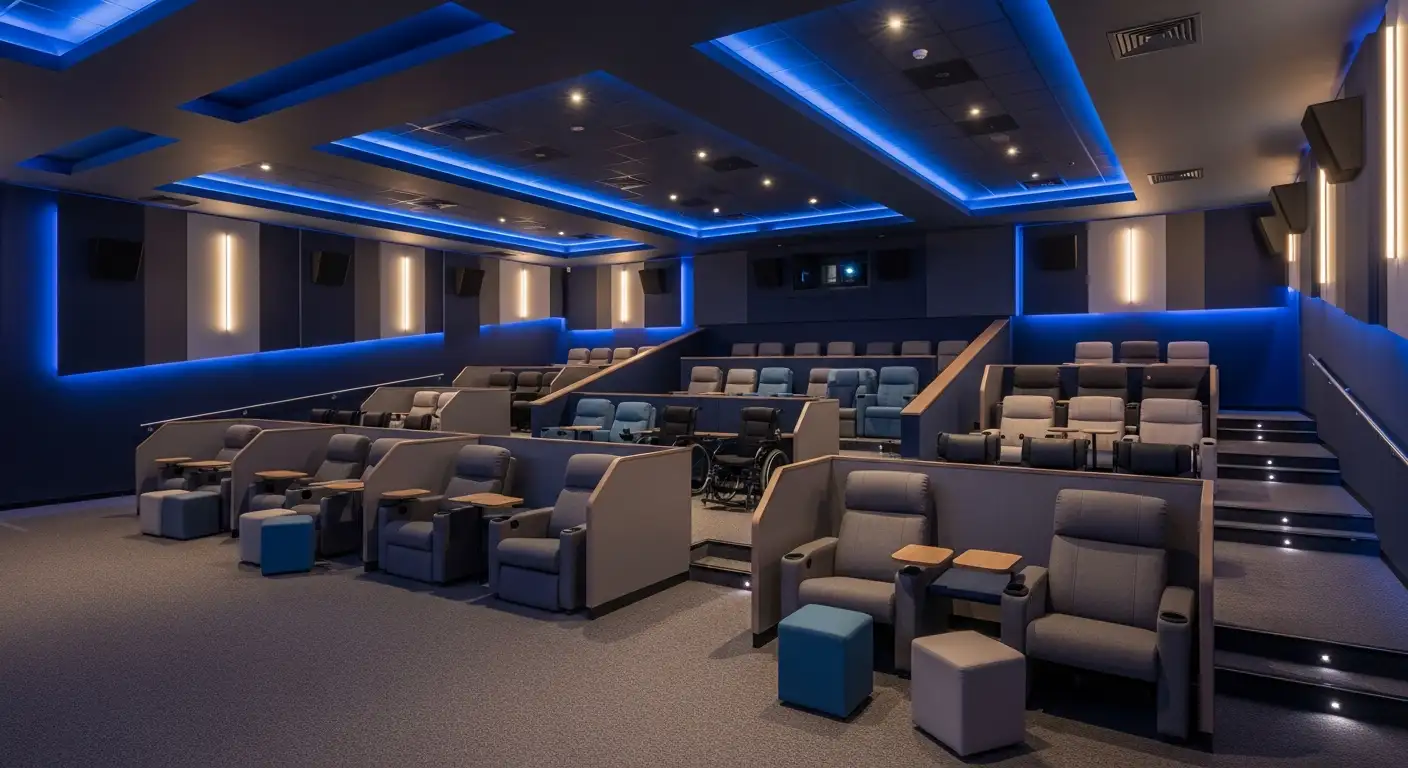Is Keir Gilchrist Autistic?
Unpacking the Truth Behind Keir Gilchrist’s Role in Autism Representation

Exploring the Actor, the Role, and the Spectrum
Keir Gilchrist, a talented Canadian actor born in London in 1992, has become a notable figure in portraying autism through his role in Netflix’s Atypical. This article delves into whether Gilchrist himself is autistic, the nature of autism spectrum disorder (ASD), and the wider implications of media representation. We aim to clarify common misconceptions and shed light on how actors like Gilchrist contribute to autism awareness through their performances.
Understanding Autism Spectrum Disorder and Its Media Portrayals
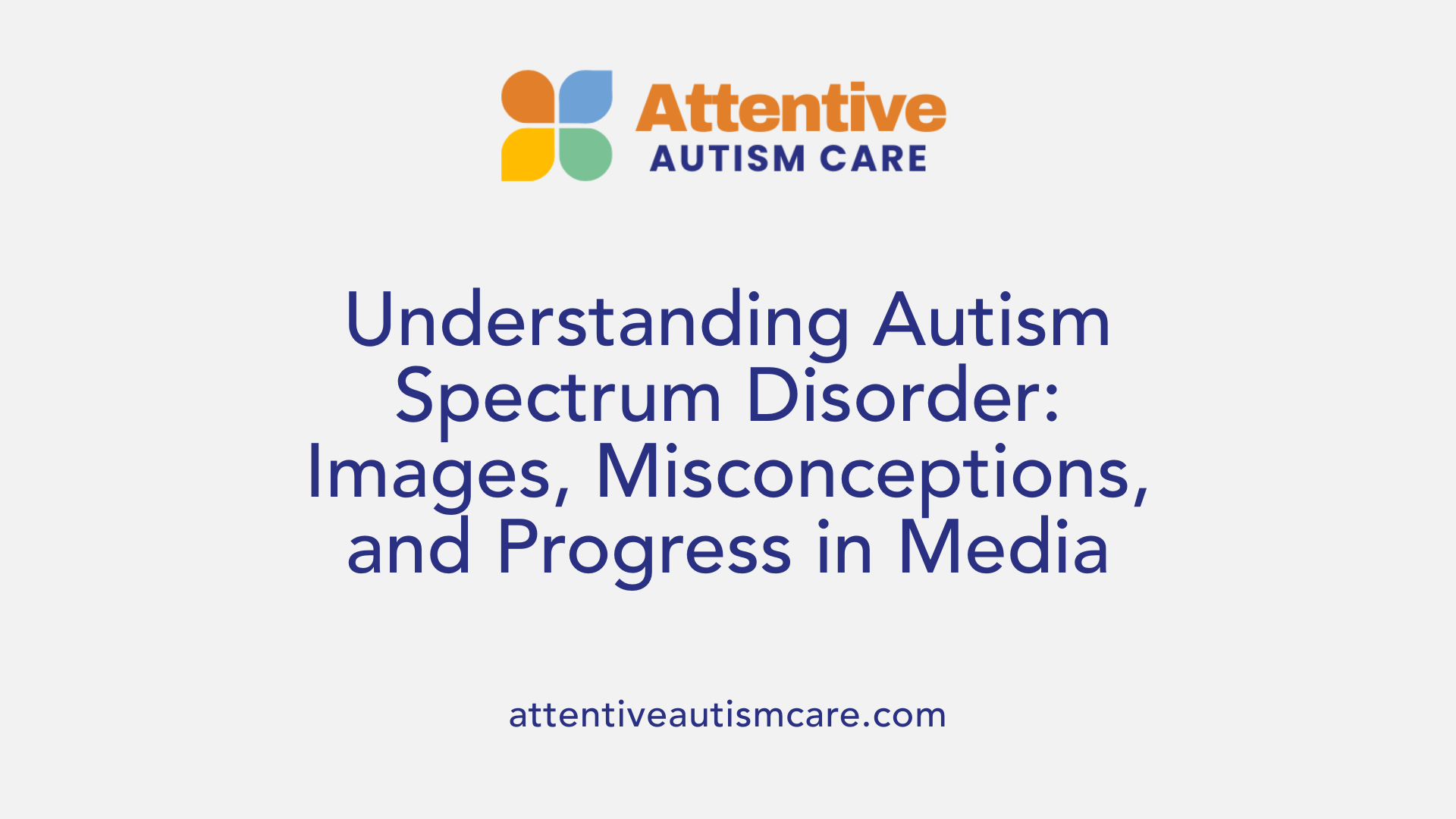
What is autism spectrum disorder, and how is it commonly represented or misunderstood in popular media?
Autism spectrum disorder (ASD) is a broad neurodevelopmental condition that influences how individuals perceive the world and interact with others. It involves differences in communication, social skills, and behavior, with each person experiencing the spectrum uniquely. Some may have exceptional talents, while others might face more significant challenges.
Media portrayals of autistic characters tend to rely on stereotypes. These often depict individuals as either savants with extraordinary abilities or as socially isolated and unemotional. Such portrayals can oversimplify the diversity within the autism community and foster misconceptions.
Recent efforts in television and film aim to present more authentic representations. Shows like Netflix’s ‘Atypical’ highlight characters with autism from varied backgrounds, emphasizing their personalities, struggles, and strengths. However, stereotypes still influence perceptions. They can shape societal attitudes—sometimes creating awareness but often leading to misunderstandings.
To foster better acceptance, it’s essential for media to portray autism through nuanced, respectful, and diverse characters. This approach helps audiences appreciate the complexities of living with autism and moves beyond superficial stereotypes.
Do actors who portray autistic characters, such as Keir Gilchrist, typically have autism themselves?
Most of the time, actors playing autistic roles do not have autism. Keir Gilchrist, who portrays Sam in ‘Atypical,’ is neurotypical. He prepared extensively for the role by reading books like Journal of Best Practices, consulting with creators, and understanding the experiences of autistic individuals.
Despite the lack of autism in most actors, their portrayal relies heavily on research and empathy. This is because authentic on-screen representation can be challenging without lived experience. Occasionally, autistic actors like Mickey Rowe have been cast, bringing genuine insights into their performances.
While there is an ongoing push for more autistic actors in media, most roles currently continue to be played by neurotypical actors trained to depict autism convincingly. The goal remains to increase opportunities for autistic actors and expand genuine representation.
Keir Gilchrist’s Involvement in ‘Atypical’ and Its Impact
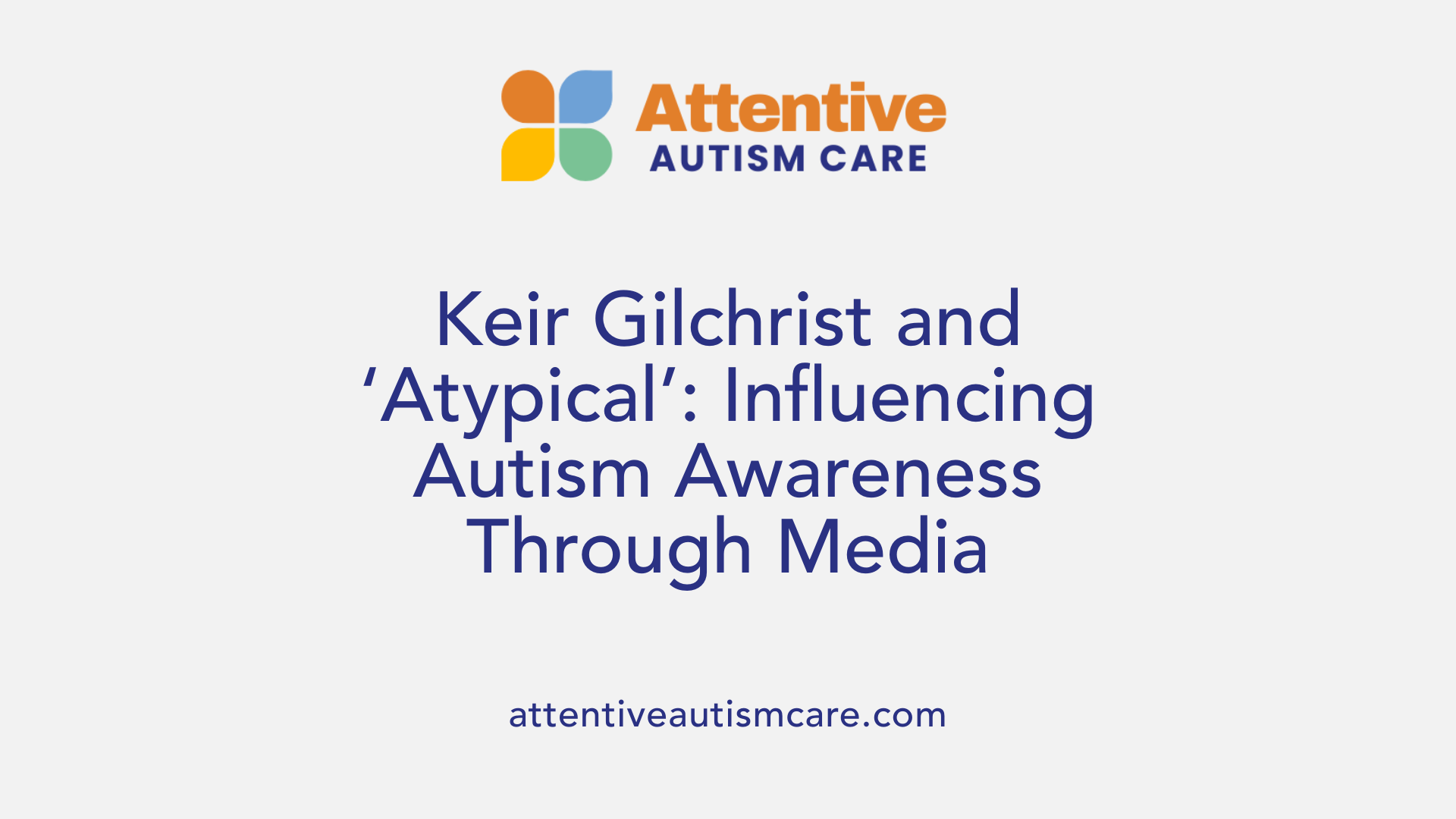
How is autism represented in media through actors like Keir Gilchrist?
Media portrayals of autism are influential in shaping societal understanding and perceptions. Actors like Keir Gilchrist, who take on roles depicting autistic characters, contribute significantly to this landscape. Gilchrist plays Sam Gardner on Netflix’s Atypical, a character who is on the autism spectrum.
These performances can increase visibility and foster empathy for individuals with autism by highlighting their experiences and challenges. However, portrayals often fall into stereotypes, emphasizing traits like social withdrawal or extraordinary abilities that may not encompass the full diversity of the spectrum.
Historically, many characters with autism in media were depicted with limited depth, often as burdens or as one-dimensional. Today, there is a push for more nuanced, authentic representations that showcase varied strengths and struggles. Shows like Atypical and films such as Love on the Spectrum work towards that goal.
Despite efforts, many portrayals still lack diversity and complexity. Still, when actors like Gilchrist, who is not autistic himself, engage with the roles thoughtfully, they can help advance more accurate portrayals. Incorporating autistic actors and consulting real community members can improve these representations.
Overall, media representations using actors like Keir Gilchrist are essential tools for increasing understanding—and, ideally, promoting societal acceptance—although there is ongoing work to accurately and respectfully portray the complexity of autism.
The Ethical and Creative Aspects of Portraying Autism in Media
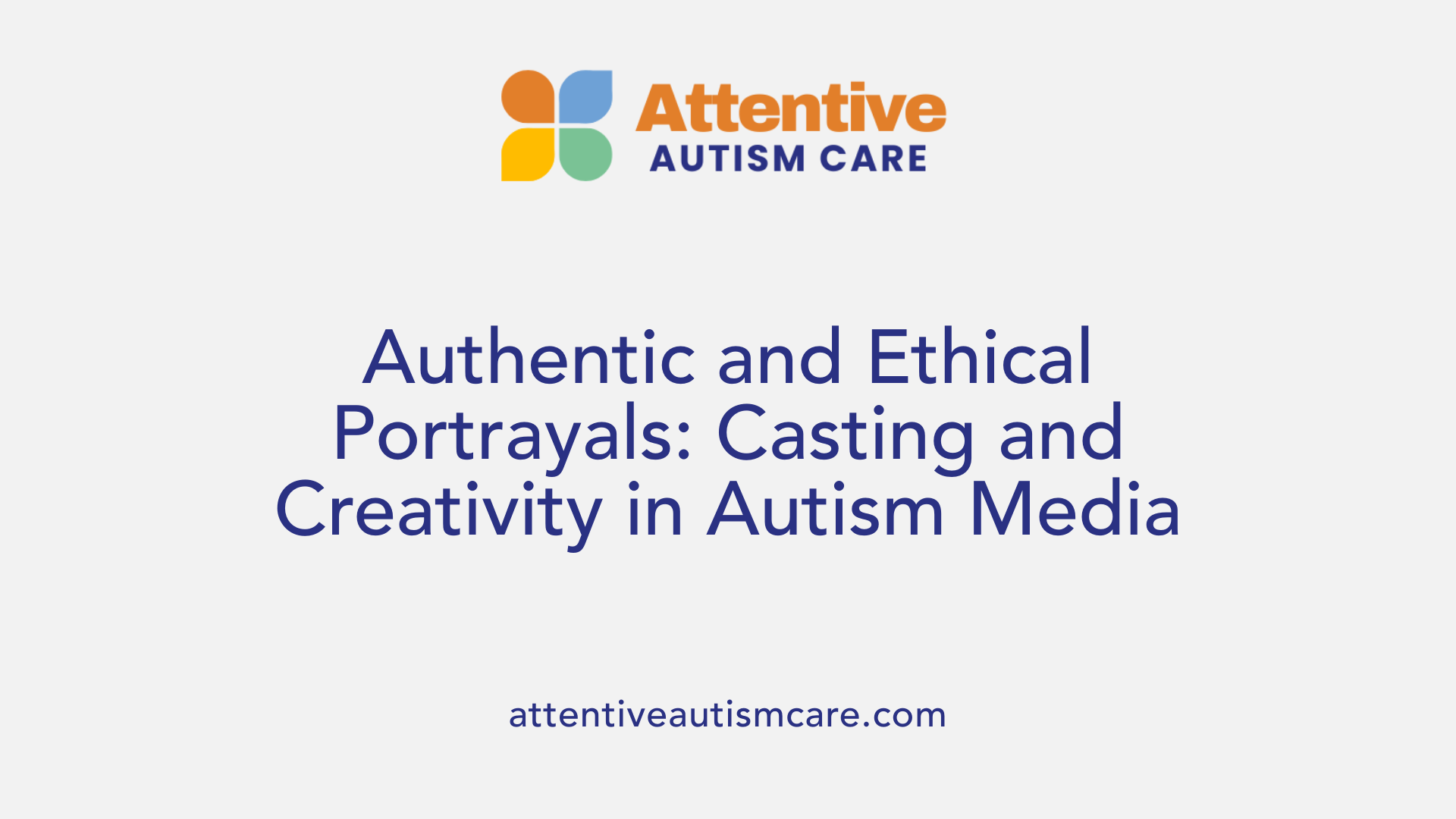
Are actors with autism more suited for roles portraying autistic characters?
There is ongoing debate about whether actors who have autism themselves should be cast to play autistic characters. Currently, most roles depicting autism are played by neurotypical actors who dedicate themselves to thoroughly researching the condition and embodying the character convincingly.
While some advocate for authentic casting—specifically hiring autistic actors—there is still a significant underrepresentation of these actors in media. Hollywood and other entertainment industries have traditionally cast neurotypical actors for such roles, citing factors like acting skill and accessibility.
How important is authentic autism representation?
Authentic representation involves portraying autism with accuracy, nuance, and respect. This includes showing diverse autism manifestations, avoiding stereotypes, and including perspectives from autistic individuals.
The show 'Atypical' exemplifies efforts to portray autism more genuinely. It features characters on the autism spectrum played by actors who are neurodiverse, which enhances authenticity. This approach helps foster understanding and breaks down misconceptions.
By involving autistic actors like Domonique Brown and Tal Anderson as friends of Sam, 'Atypical' emphasizes inclusivity and realism. It recognizes the importance of representing the spectrum's diversity.
The case of Keir Gilchrist as Sam Gardner
Keir Gilchrist, a talented actor, portrayed Sam Gardner, a young man on the autism spectrum, in 'Atypical.' He is not autistic himself but prepared extensively for the role. His preparation involved consulting with the show's creator, Robia Rashid, and reading
Conclusion and Future Perspectives on Autism Representation
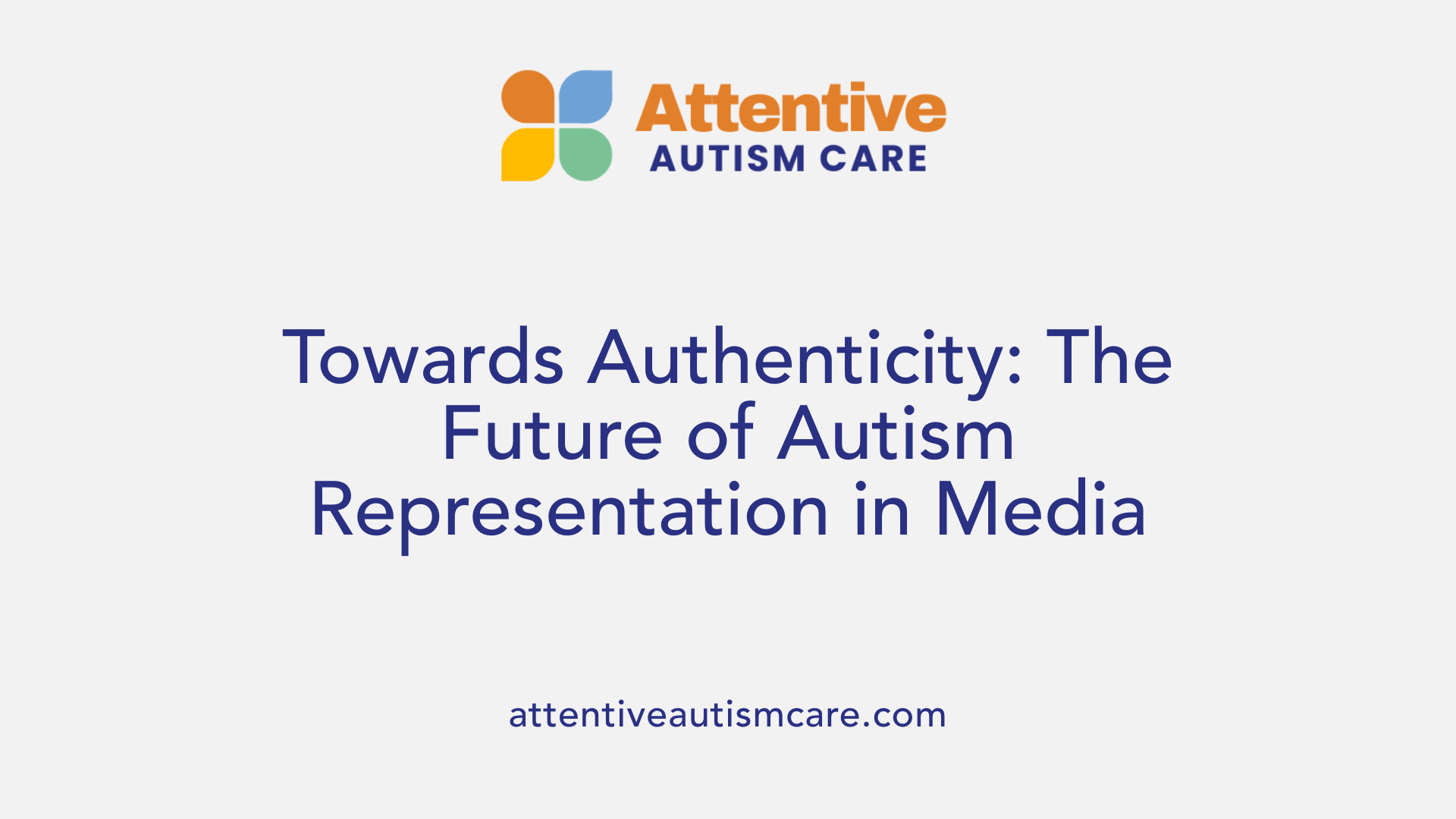
The importance of accurate, diverse portrayals
Representation of autism in media plays a crucial role in shaping public perception and understanding. Authentic depictions help combat stereotypes, promote empathy, and foster disability inclusion. Atypical has contributed notably by featuring characters on the autism spectrum and exploring their inner experiences. The show’s effort to depict autism with depth, including mentioning autism twice in its final season and showcasing manifestations like stress-related behaviors, underscores the importance of nuanced portrayals.
However, many critics highlight that portrayals can sometimes lean on stereotypes or oversimplify complex conditions. Authentic representation involves more than just accurate characters—it requires diverse perspectives that reflect the wide spectrum of autism.
The role of casting and actor experience
Casting plays a significant part in authenticity. The series has made efforts to include autistic actors, such as Domonique Brown and Tal Anderson, in roles that add depth to the narrative. Keir Gilchrist, who does not have autism, prepared extensively to portray Sam by consulting with the creator, Robia Rashid, and reading relevant literature like The Journal of Best Practices. His involvement demonstrates that dedicated actors, even without lived experience, can positively contribute to portrayals through research and collaboration.
Including actors with disabilities directly related to their characters promotes genuine representation. For example, Gilchrist’s performance, combined with efforts to involve autistic talent, emphasizes the importance of inclusive casting.
Encouraging authentic representation in media
The industry’s movement toward authentic representations is ongoing. The 2018 report indicating that only 22% of characters with disabilities on network shows are portrayed by actors with disabilities points to the need for continued progress. Media creators are encouraged to collaborate with individuals on the spectrum or with disabilities, listen to their stories, and involve them in the creative process.
Furthermore, promoting awareness about neurodiversity can lead to more informed storytelling. Initiatives like employing neurodiverse individuals both on- and off-camera and accentuating their talents—such as singing or farming, as Keir Gilchrist does—highlight the richness of neurodiverse communities.
Future outlook
Looking ahead, the future of autism representation in media hinges on authentic, inclusive portrayals that respect and celebrate diversity within the spectrum. This includes increasing opportunities for autistic actors and creators and ensuring narratives reflect a broad range of experiences. As society progresses, media will play a pivotal role in normalizing neurodiversity, reducing stigma, and fostering a more inclusive culture.
Summary table of aspects to consider:
| Aspect | Current State | Future Directions | Impact on Audience |
|---|---|---|---|
| Casting approaches | Limited autistic actors, reliance on neurotypical actors for some roles | Increase in neurodiverse casting | More genuine portrayals and empowerment |
| Representation variety | Focus on high-functioning autism, stereotypes persist | Broader spectrum of stories and characters | Enhanced understanding of diverse experiences |
| Industry practices | Growing awareness, some autistic input | Full collaboration with neurodiverse creators | Better storytelling and reduced bias |
| Audience perception | Growing awareness, mixed perceptions | Education-focused narratives, positive role models | Greater acceptance and inclusion |
In conclusion, advancing autism representation requires intentional efforts from creators, actors, and stakeholders. Authentic portrayals foster a more inclusive media landscape that reflects the true diversity of autism, enriching society’s understanding and acceptance of neurodiversity.
Fostering Better Understanding and Inclusion
While Keir Gilchrist has made a significant impact through his role in Atypical, his portrayal exemplifies the complexities and challenges of representing autism authentically in mainstream media. As awareness about autism continues to grow, so does the need for more genuine, diverse, and inclusive portrayals—whether through neurodiverse actors or more nuanced storytelling. The future of autism representation depends on authentic casting, respectful storytelling, and ongoing efforts to include voices from the autistic community itself, ensuring that media can serve as a tool for understanding, acceptance, and empowerment.
References
- Keir Gilchrist - Wikipedia
- Keir Gilchrist on Playing Autistic Teen in Netflix Comedy 'Atypical'
- Netflix's 'Atypical' says goodbye with a final season that subtly ...
- Atypical: How the Netflix Series Goes into the Mind of Someone with ...
- How These Autistic Actors Helped 'Atypical' Increase Its Authentic ...
- Representation of autism in fictional media: A systematic review of ...
- Autism in popular culture - Wikipedia
- How to Diversify Autism Representation in the Media and Why ...
- Representation of autism in fictional media: A systematic review of ...
- Autism Representation in the Media










